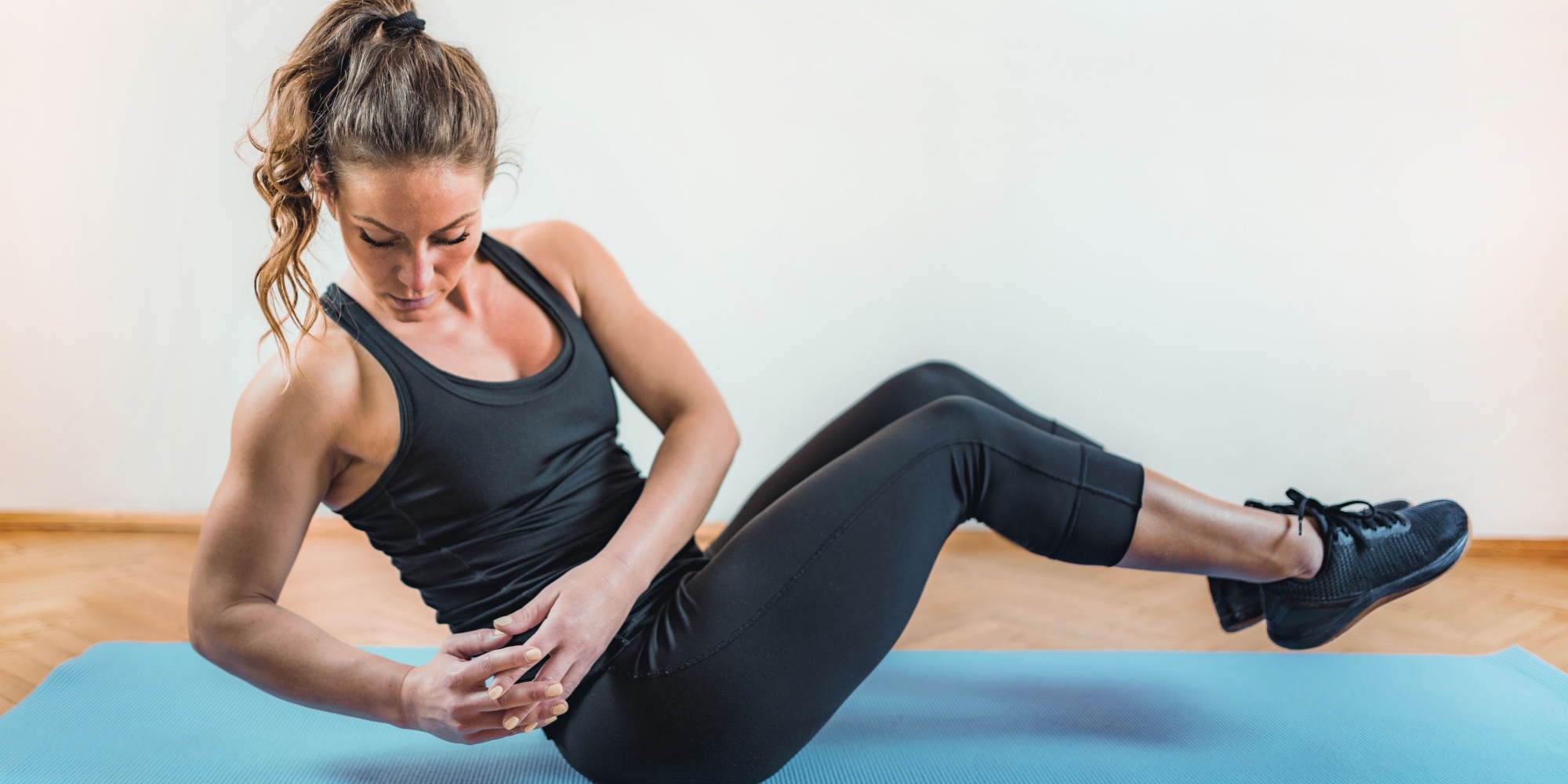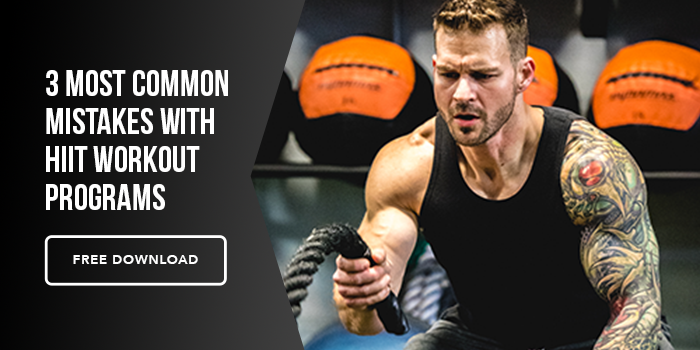You want to work out, but you’re running short on time. So, what do you do?
The last thing I want to do is skip my workout because it throws off my day, but to get something effective in such a short amount of time seems impossible.
This is when I turn to a HIIT workout.
HIIT stands for high-intensity interval training, and for the last decade or so, has really taken off as a successful mode of training. A lot of people gravitate to how intense the exercises can be, where a major calorie-burn is usually rewarded at the end of what is usually around a 30-minute workout.
Major calories burned in a short amount of time sounds like a dream come true! But as with most things in fitness, that’s not always the case.
When attempting a HIIT workout, the average person will try to overcomplicate things, and miss the mark on properly executing movements they're not ready for. There seems to be an “all or nothing” approach with a lot of HIIT programs, but this is the wrong way to think about it.
The best HIIT workout is one that allows you to get your heart rate up, with short rest periods in between. Because a lot is required from the central nervous system to maintain this type of workout structure, the duration of the workout should be short. Try doing a 1-hour HIIT workout and see how depleted you feel afterwards. You won’t be in the best of moods.
Doing movements you’re not ready for will lead to a much greater chance of getting injured, muscle imbalances, and if doing too much HIIT, will result in depleted functions e.g. aerobic capacity. This means performance will likely get worse (not better), and everyday activities will likely feel more exhausting because your body is just SO fatigued.
So what is the best HIIT routine?
It’s one that you can complete 2 days a week (3 for advanced fitness levels) that allows you to get stronger (or more conditioned) over time. If you can complete one workout, then the same one a month later, without as much effort but with greater efficiency (more reps in the same time, or can complete an exercise for a longer period of time), then your body has gotten stronger and is now adapting.
Adapting can sound scary, because some people equate it to plateauing, but this can be avoided as long as you advance your workouts when you see progress being made.
For rapid fat loss, while maintaining muscle, HIIT can be a positive tool for many people. I like to recommend MAPS HIIT, because it offers different workout blueprints based on current fitness levels. What may work for one person, may not for someone else, which is why this program makes it easy for someone to find the right intensity level for them. Although you shouldn’t do HIIT workouts as your main programming long-term, if done right, it can enhance your overall fitness and help you get your workouts in when you’re short on time.






